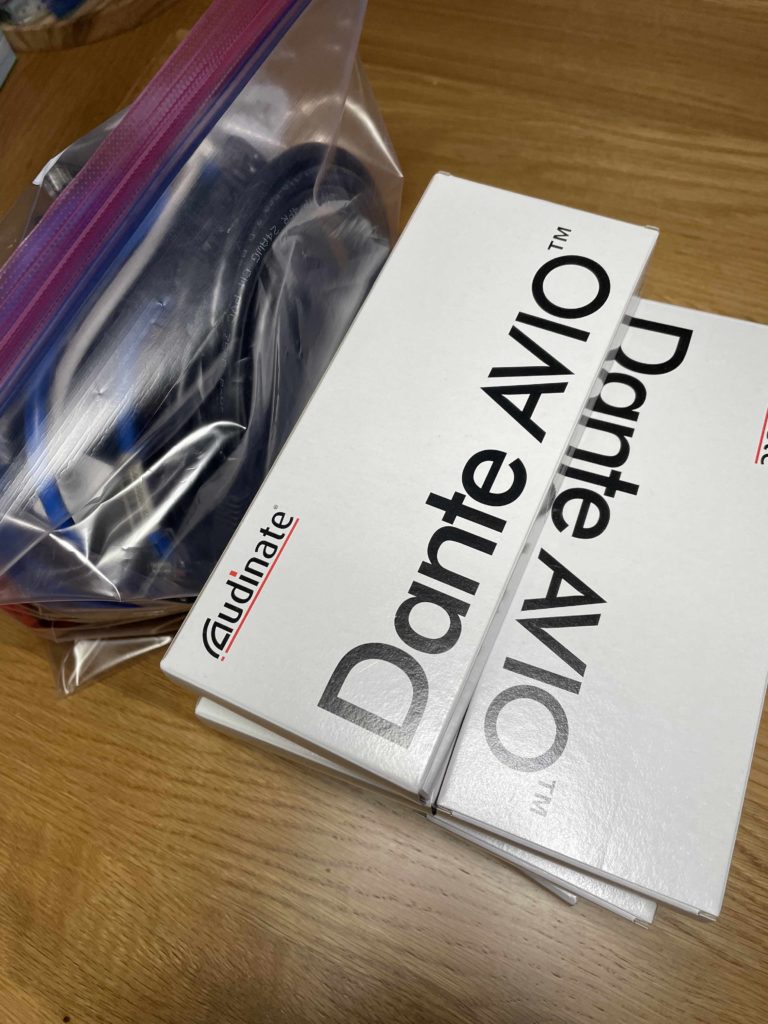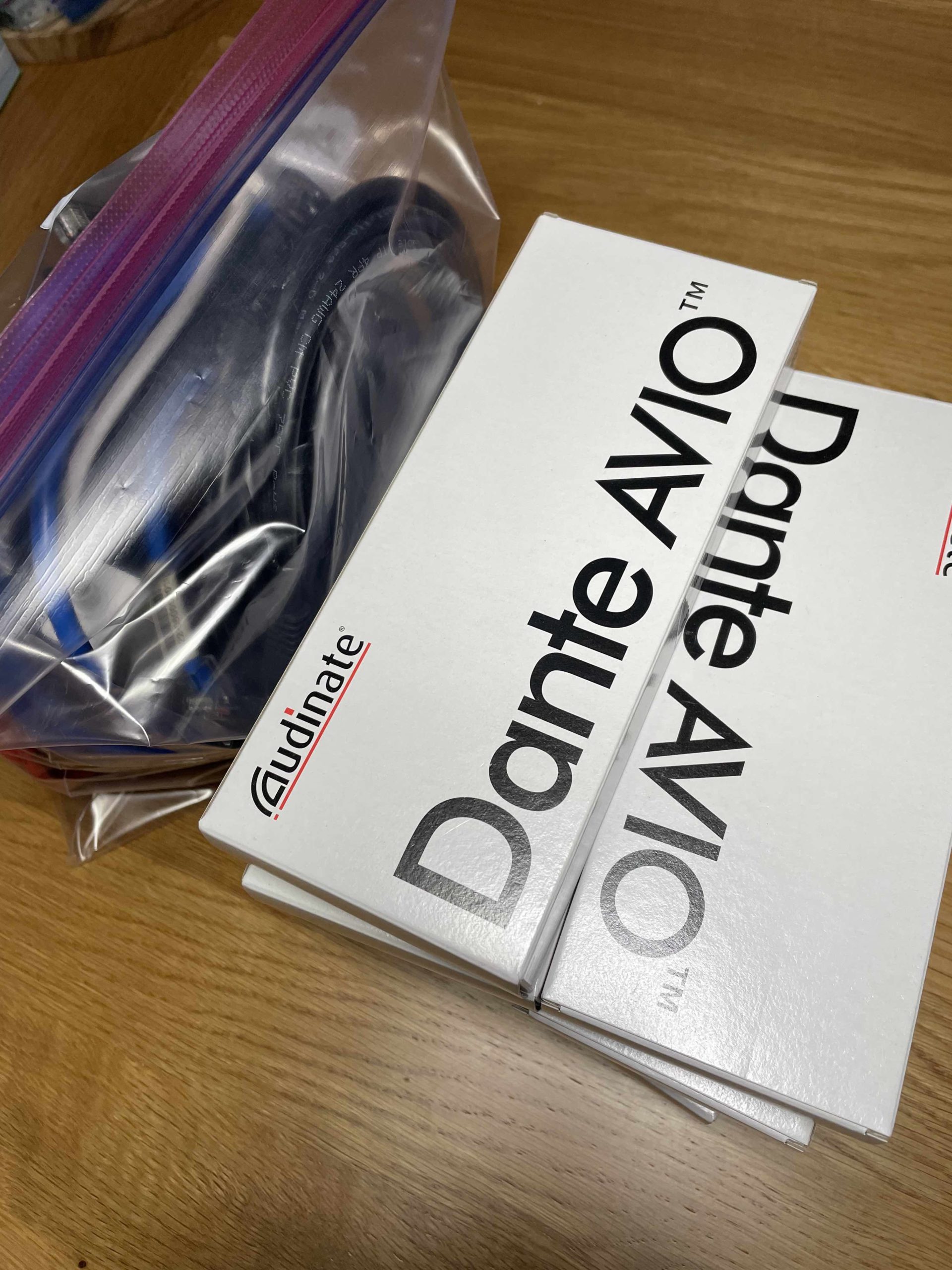Even though laptop orchestras, referred to below as ‘LOrk,’ have a relatively short history, their traditional setup is inherited from ‘PLOrk’ (Princeton Laptop Orchestra). In this setup, each individual performer is equipped with ‘a laptop, a multi-channel hemispherical speaker, a variety of control devices (such as keyboards, graphic tablets, sensors, and others), and software developed in the ChucK and Max/MSP languages/environments.’ [1] Having each performer use separate audio equipment is not financially feasible for many individuals, especially if they aim to produce high-quality audio. PLOrk argues that this setup is natural, as each performer controls and is responsible for what they are creating through their individual playback system, which is actually very similar to the traditional orchestra. Even Dan Trueman, the co-director of PLOrk, stated that using omni-directional speakers by each player mimics the acoustic instrument.[2] It is evident that PLOrk’s approach aims to make the laptop orchestra closely resemble the traditional Western classical orchestra.
PLOrk prioritizes mobility, and their choice of omnidirectional speakers aligns with this objective. They opted for a wireless data transfer system over a wired one, despite being aware of potential data loss associated with wireless transmission. Their decision to go wireless was influenced by the large size of LOrk and the time required for setup.[3] Their reasoning aligns well with their decision. Given their substantial resources, embracing the traditional orchestra model presents an intriguing option. This model is not only familiar but also easily adaptable to most. However, it also constrains the exploration of numerous other possibilities for utilizing collective audio signals through the installed audio system.
In our setup, we will interconnect our computers using CAT5/6 cables for the Dante system, a digital audio networking technology that enables the transmission and distribution of high-quality audio over standard Ethernet networks, facilitating flexible and efficient audio signal routing and management in professional audio and recording environments. This setup optimizes the use of our available resources and routes audio to the main speakers. Despite connecting physical cables, the system setup is as straightforward as connecting a USB-C cable to your laptop. The expected setup time is considerably shorter than what the traditional LOrk requires.
In orchestration, we consider foreground, midground, and background (potentially even more dimensions) layers in the composition. As we are working with a limited number of positioned speakers, precise sound positioning is essential to avoid clichéd audio effects. With careful planning and craftsmanship, we can achieve dimensional sound, even when all sounds emanate from the same speaker, similar to the experience in a movie theater. Initially, our focus is on establishing a creative environment that allows for the utilization of a 2-channel stereo audio setup. Subsequently, we plan to expand our capabilities into a multichannel surround environment.

To guide our exploration, we need to consider and pose several questions:
- What possibilities lie within our existing resources?
- How can we collectively create sound as a group?
- In what ways can we maintain human interaction while utilizing computers and technology?
- Why have we chosen laptops as our primary tool for creating music?
[1] PLOrk: The Princeton Laptop Orchestra. (2006). “Title of the Specific Performance or Project.” In Proceedings of the 2006 International Computer Music Conference. New Orleans, LA.
[2] Princeton University. (2008, August 13). Princeton Laptop Orchestra. YouTube. https://www.youtube.com/watch?v=gOsaANAfZcw
[3] Narveson, J., & Trueman, D. (2013). LANdini: a networking utility for wireless LAN-based laptop ensembles. Princeton University.

Reply